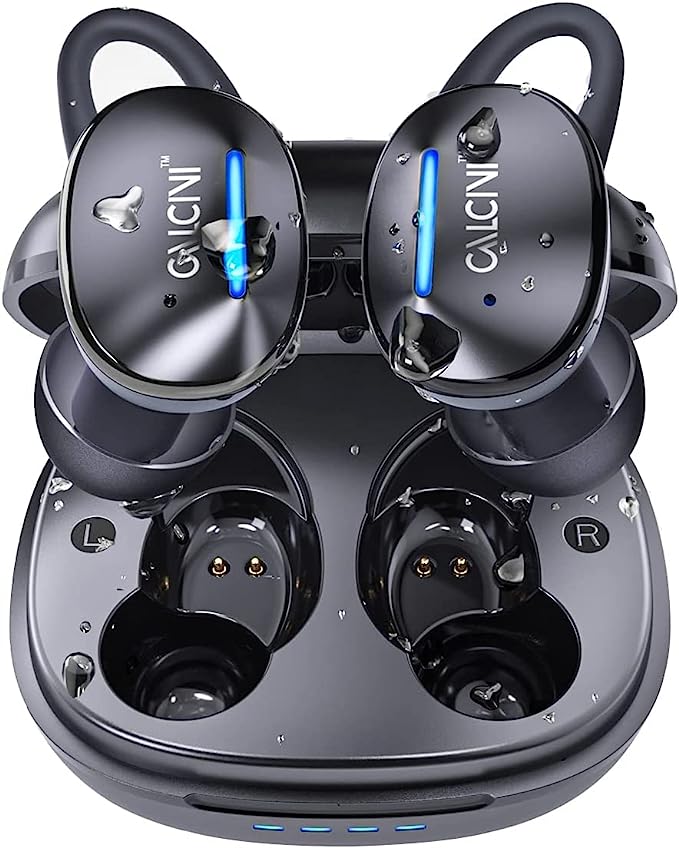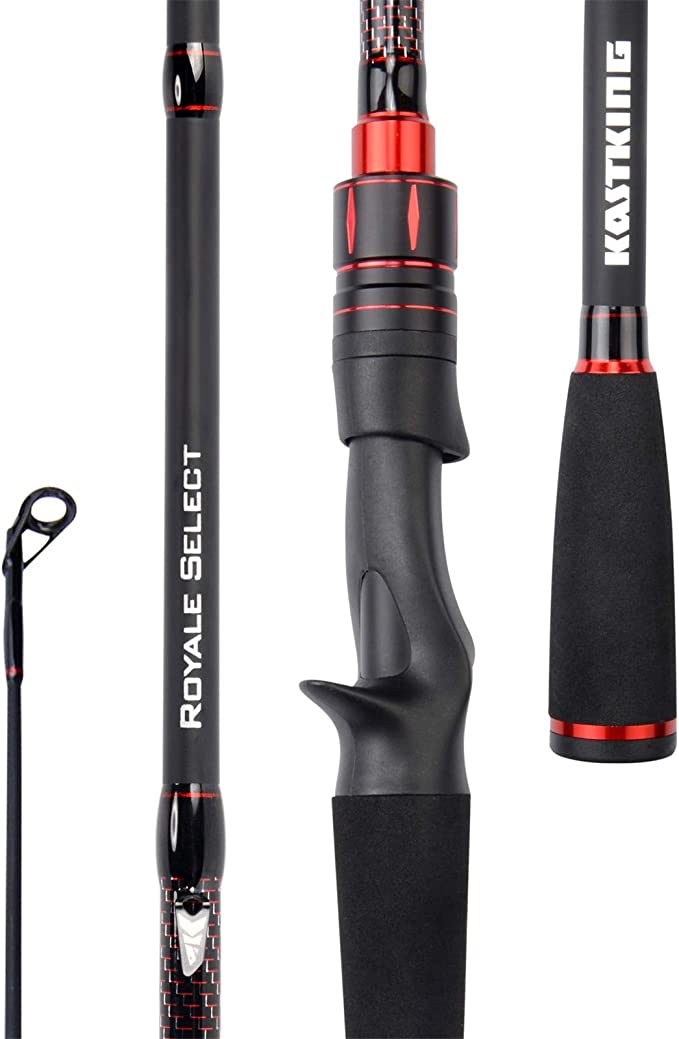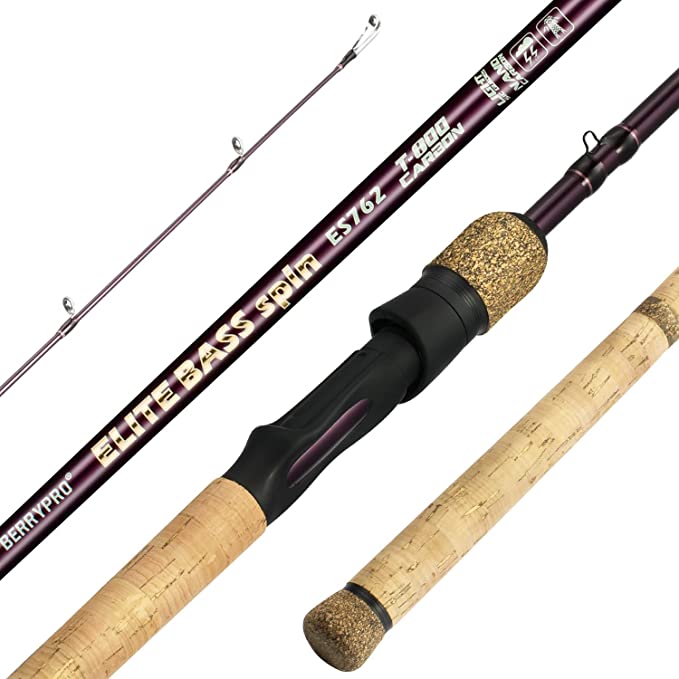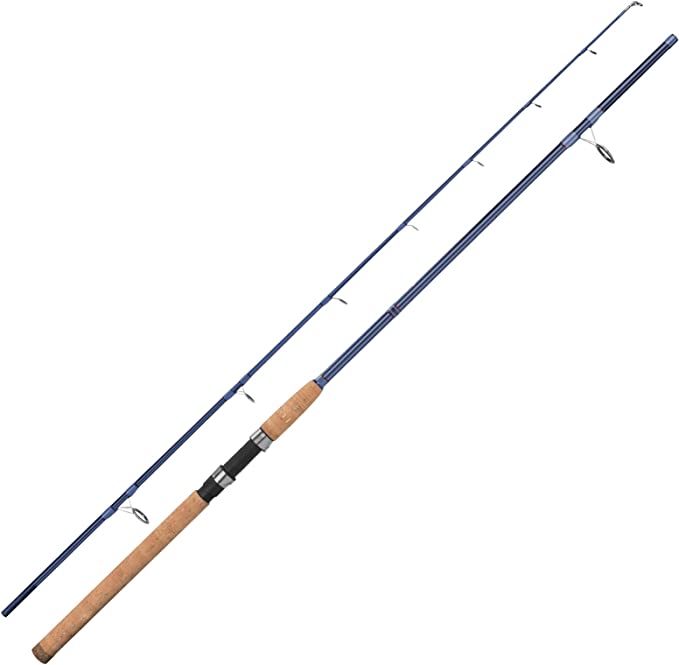Radioddity QT40: Your Reliable Partner for Long-Range Communication on the 10-Meter Band
Update on June 13, 2025, 5:55 p.m.
There’s a peculiar kind of magic that seasoned radio explorers know well. It’s the quiet hum of the receiver, the gentle hiss of cosmic static, and then, slowly emerging from the noise, a faint human voice. Not from across town, or even across the state, but from a continent thousands of miles away, a voice carried on invisible waves, a fleeting greeting from a stranger you may never meet but with whom you share a momentary, extraordinary connection. This is the world of shortwave radio, and within its vast expanse, the 10-meter amateur band holds a particularly captivating allure. It’s a realm famously governed by the moods of our Sun, a place of delightful unpredictability, and it’s into this world that a radio like the Radioddity QT40 10 Meter SSB Ham Radio offers us a modern “looking glass.”

Our journey with these dancing waves didn’t begin with sophisticated transceivers. Imagine the dawn of the 20th century: Guglielmo Marconi has just stunned the world with his transatlantic wireless signals, and a fervent army of “wireless experimenters” – often young amateurs with boundless curiosity and home-brewed contraptions of wire and wood – are tinkering in their sheds and attics. Initially, the shorter wavelengths, those below 200 meters (which includes what we now call High Frequencies or HF), were deemed commercially “useless” by many leading scientists of the day, fit only for these hobbyists. Yet, it was precisely these amateurs who, through relentless experimentation, began to uncover the astonishing long-distance potential of these supposedly inferior frequencies. They discovered that their signals weren’t just fizzling out; they were, at times, returning from the heavens, stronger and clearer than anyone had predicted. The 10-meter band, nestled within this shortwave spectrum, soon revealed its unique personality: incredibly sensitive to the Sun’s daily and yearly whims, capable of sudden, spectacular openings that could bridge oceans, then just as quickly fall silent. This spirit of discovery, this dance with the cosmos, is a legacy that continues today, every time an operator tunes a radio like the QT40 to these ethereal frequencies.

To truly appreciate what’s happening when you hear that distant voice on 10 meters, or any HF band for that matter, we need to look skyward, about 60 to 400 miles above our heads, to a region called the ionosphere. Think of it as Earth’s natural, high-altitude “radio mirror,” though it’s far more complex and dynamic than any mirror made of glass. This isn’t a solid layer, but a vast expanse of the upper atmosphere where the Sun’s more energetic emissions – its extreme ultraviolet (EUV) and X-ray radiation – work their ceaseless alchemy. This intense solar radiation collides with the sparse atoms and molecules of atmospheric gases, stripping away electrons and creating a tenuous sea of charged particles, or ions. This is why it’s called the ionosphere. This process forms several distinct regions or “layers” – known historically as the D, E, and the all-important F1 and F2 layers – each with varying densities of ionization that change with the time of day, the season, and most critically, with solar activity.
Now, when a radio wave from your transmitter, say the Radioddity QT40, travels upwards and encounters one of these sufficiently ionized layers, something remarkable can happen. Instead of simply passing through into space or being absorbed, the wave can be refracted, or bent, back towards the Earth. It’s not quite a simple reflection like light off a polished surface, but more akin to the way light bends as it passes through water, or how a well-aimed stone can skip multiple times across the surface of a calm lake. This phenomenon, known as skywave propagation or “skip,” is the secret to most long-distance HF communication. A signal can make one hop, covering hundreds or thousands of miles, or it can make multiple hops between the ionosphere and the Earth’s surface, circumnavigating the globe.
The effectiveness of this ionospheric mirror is directly tied to the Sun’s own dramatic, approximately 11-year cycle of activity. We track this cycle by observing things like sunspots – dark, cooler areas on the Sun’s surface that are paradoxically associated with higher overall solar activity – and by measuring the solar flux index (SFI), which is essentially a gauge of radio noise emitted by the Sun at a specific frequency (2800 MHz, or 10.7 cm wavelength). During Solar Maximum, when sunspot numbers and SFI values are high, the Sun bombards our atmosphere with more intense EUV and X-ray radiation. This supercharges the ionosphere, particularly the F2 layer, making it denser and capable of refracting higher frequencies – including the entire 10-meter band. It’s during these periods that 10 meters truly roars to life, offering consistent global communication possibilities. Conversely, during Solar Minimum, with a quieter Sun, the ionosphere is weaker. The maximum usable frequencies (MUFs) it can refract drop, and the 10-meter band often seems “closed” for long-distance work, its signals piercing right through the tenuous layers into space. Beyond this grand cycle, daily space weather events like solar flares can cause temporary radio blackouts by intensely ionizing the lower D-layer (which absorbs HF signals), while geomagnetic storms, often triggered by coronal mass ejections, can disrupt ionospheric paths or, fascinatingly, sometimes create unusual auroral propagation paths for those at higher latitudes.
Armed with this understanding of the celestial mechanics at play, let’s turn our attention to the Radioddity QT40 and see how its features serve as a modern explorer’s toolkit for navigating this dynamic environment. This isn’t just a box of circuits; it’s an interface, a sensitive instrument designed to help us listen to, and participate in, this grand ionospheric orchestra.

First and foremost, the QT40 operates within the 28.000 to 29.695MHz frequency range. This is our designated international amateur radio allocation for the 10-meter band, our specific window onto these solar-driven phenomena. To make that journey to the ionosphere and back, often multiple times, a signal needs a certain amount of energy. The QT40 offers an adjustable power output, up to 40 watts on FM and 35 watts on SSB according to its specifications. While more power isn’t always the only answer (a good antenna is paramount), having sufficient output helps overcome the natural attenuation or weakening of the signal as it traverses vast distances and pushes through the inherent noise floor of the radio spectrum. It provides the “oomph” necessary for your signal to be robust enough upon reaching the ionosphere to be effectively refracted, and still be audible at the distant receiving station.
When it comes to making your voice heard clearly over those long, challenging paths, the mode of transmission is critical. The QT40 supports AM and FM, but for serious 10-meter DXing (contacting distant stations), Single Sideband (SSB), in both Upper Sideband (USB) and Lower Sideband (LSB) flavors, is king. Traditional Amplitude Modulation (AM) is somewhat inefficient; it transmits a powerful carrier wave (which contains no information) and two identical sidebands carrying the voice. SSB is far more elegant and effective. It suppresses the power-hungry carrier and one of the redundant sidebands, concentrating all the transmitter’s energy into a single, information-rich sideband. Think of it like a sharply focused spotlight compared to a broad, dim floodlight. This results in a signal that is not only much narrower (using less precious spectrum space) but also has significantly more “talk power” for the same transmitter wattage, leading to better intelligibility and greater range, especially when signals are faint and struggling to make the trip from the ionosphere.
Of course, even the best signal can be lost in noise. The universe itself is a source of radio noise, as is our own industrialized world. This cacophony can easily bury the faint whispers from a distant station. Here, the QT40’s Digital Noise Reduction (NRC), available for both transmit (TX) and receive (RX), comes into play. This isn’t a simple audio filter; it employs sophisticated Digital Signal Processing (DSP) algorithms. Imagine it as a team of tiny audio detectives inside your radio, constantly analyzing the incoming sound, learning the characteristics of the random hiss, crackle, and buzz, and then intelligently subtracting that noise from the desirable voice signal. As one user of the QT40 was quoted in the product information, “Amazing noise cancellation!” This feature can be a game-changer, making previously unreadable signals intelligible and reducing listener fatigue during long operating sessions.
Knowing the strength of your own signal and that of the stations you’re hearing is vital. The QT40’s product details highlight a PWR/RX RSSI Signal Meter. PWR indicates your transmit power, while RSSI (Received Signal Strength Indicator) gives you a relative idea of how strong an incoming signal is. Equally important is the “handshake” between your radio and its antenna, measured by SWR (Standing Wave Ratio). While the product description mentions an SWR readout, and one user review suggested its built-in meter might read high (prompting the good advice to verify with an external meter if there’s doubt), understanding SWR is crucial. A low SWR means your antenna system is well-matched to the radio’s output impedance (typically 50 ohms), ensuring that maximum power is radiated into the ether, rather than being reflected back into the radio where it can cause inefficiency or even damage.

Beyond chasing distant signals, the QT40 includes a very practical feature: a NOAA Weather Band receiver with an Alert function. This taps into the National Oceanic and Atmospheric Administration’s continuous broadcasts of weather forecasts, watches, and warnings on dedicated VHF frequencies. These are typically line-of-sight signals, providing crucial local weather intelligence. The alert feature monitors for a specific tone broadcast by NOAA during hazardous weather events, giving you an audible warning. This isn’t directly related to ionospheric skip, but it is a valuable tool for safety and situational awareness, especially if you’re operating mobile in a truck (as the product title suggests its suitability for) or from a temporary outdoor location.
Other features listed, such as RF Gain control (to adjust receiver sensitivity in the face of strong or weak signals), Squelch (ASQ/SQ) (to silence the receiver when no signal is present), VOX (for hands-free transmission), and HI-CUT (to reduce high-frequency audio noise), all contribute to a more controlled and pleasant operating experience, allowing you to fine-tune the radio to the prevailing conditions and your personal preferences.
The true magic, of course, isn’t just in the technology itself, but in the human connections it facilitates. Imagine, as a licensed amateur, tuning your Radioddity QT40 across the 10-meter band on a crisp winter afternoon. The solar flux is up, indicating good conditions. You hear the characteristic “bacon frying” sound of an open band, then a clear SSB voice calling “CQ DX” – a general call to any distant station. With a bit of careful tuning, perhaps engaging the NRC to clean up a bit of atmospheric noise, you decipher a callsign from a station in Italy. You make the call, exchange signal reports and names, a brief, friendly chat across thousands of miles, facilitated by nothing more than your radio, your antenna, and the sun’s benevolent influence on our ionosphere. This is the thrill that has captivated radio amateurs for generations. This global fellowship, built on a shared passion for technology, science, and communication, is a remarkable aspect of the hobby.
If this journey into the ethereal waves of 10 meters intrigues you, and you’re considering exploring it with a radio like the QT40, a few pieces of wisdom are in order. Your antenna is, without a doubt, the most critical part of your station. For 10 meters, a resonant antenna – whether a simple dipole cut to the correct length, a vertical, or a more complex directional beam – properly installed and as high and clear as possible, will make an enormous difference. Remember that SWR check; it’s vital. Patience and timing are also your allies. Become a “space weather watcher.” Websites from NOAA’s Space Weather Prediction Center or services like SpaceWeatherLive.com provide data on solar flux, sunspot numbers, and geomagnetic conditions. Understanding these can help you anticipate when the 10-meter band might spring to life. And finally, always operate with courtesy and legality. In the United States, an FCC license is required to transmit on amateur radio bands. Different license classes grant different privileges. Familiarize yourself with band plans (which segment frequencies for different modes like SSB, CW, or digital) and always listen before you transmit. While some product reviews mentioned an “11-meter mod,” the Radioddity QT40 is designed and marketed as a 10-Meter Ham Radio. The world of legal 10-meter operation, with its potential for global contacts and its deep connection to solar science, offers immense rewards and is a fantastic realm for exploration.
The fascination with radio, particularly on a band as dynamic as 10 meters, is an enduring one. It’s a natural laboratory at your fingertips, a direct connection to the powerful forces of our Sun and the delicate state of our upper atmosphere. The Radioddity QT40, with its array of features tailored for this band, appears as a capable and accessible companion for such explorations. The joy is in the listening, the learning, the tinkering, and ultimately, the connection. Those whispers from the ionosphere, carried on sunbeams, are always there, waiting for a keen ear, a curious mind, and a radio ready to receive them.























